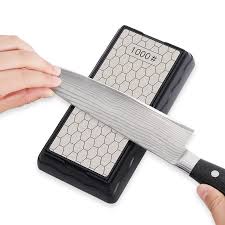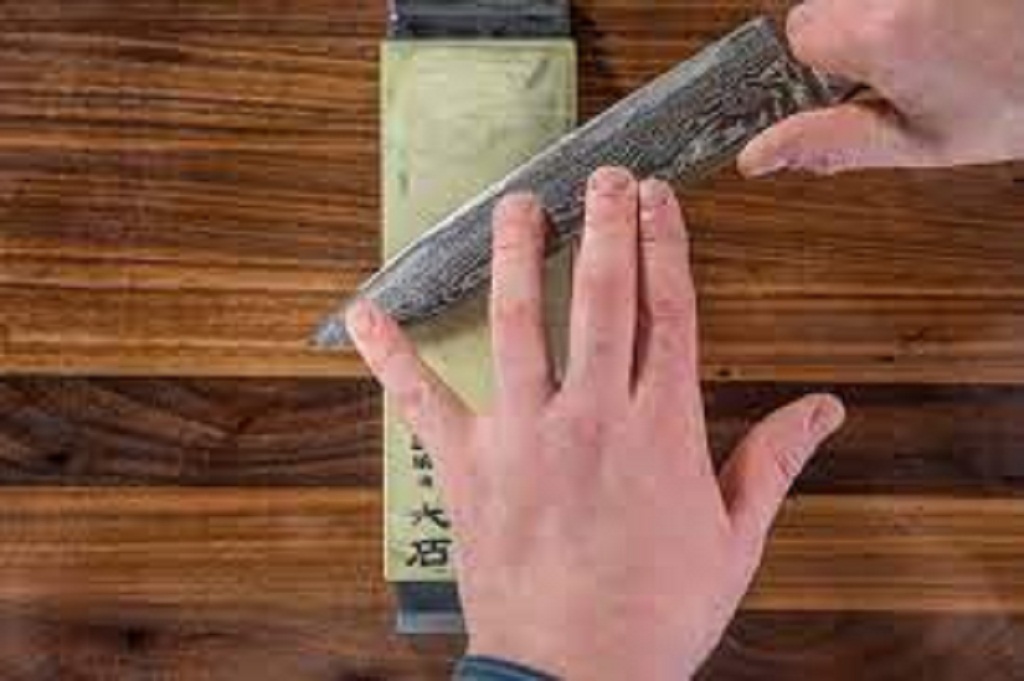When it comes to sharpening your knives, there are several different tools available on the market, each with its unique features and benefits. Choosing the right sharpening tool can make a significant difference in the quality of the sharpening results and the longevity of your knives. In this article, we’ll discuss the different types of london knife sharpening available and how to choose the right one for your needs.

Whetstones: Whetstones are a popular and traditional sharpening tool that is made from natural or synthetic abrasive materials. They are available in different grit levels, which determine how fine or coarse the sharpening surface is. Whetstones require practice and skill to use, but they provide the most control and precision when sharpening your knives.
Honing Rods: Honing rods, also known as sharpening steels, are long, narrow rods made of ceramic, diamond, or steel. They are primarily used to straighten the blade’s edge rather than sharpen it. Honing rods are ideal for maintaining the edge between sharpening sessions and are a good choice for knives with straight edges.
Electric Sharpeners: Electric sharpeners are a convenient and efficient way to sharpen your knives. They work by using rotating abrasive discs or belts to grind the blade, making them ideal for those who want quick results with minimal effort. However, electric sharpeners can remove too much material from the blade if not used correctly, and they may not be suitable for all types of knives.
Manual Sharpeners: Manual sharpeners are similar to electric sharpeners but require manual effort to operate. They come in various shapes and sizes, such as handheld sharpeners, pull-through sharpeners, and sharpening stones. Manual sharpeners are a good choice for those who want an affordable and effective way to sharpen their knives without the need for electricity.
When choosing a sharpening tool for your knives, consider the type of knives you have and their specific needs. For example, serrated knives require a different sharpening tool than straight-edged knives. Also, consider the level of skill required to use the sharpening tool correctly, and the amount of time and effort required for each sharpening session.

